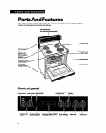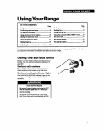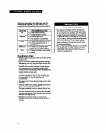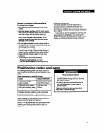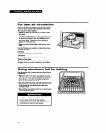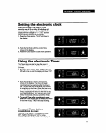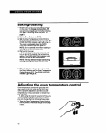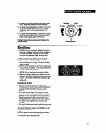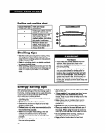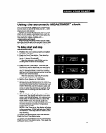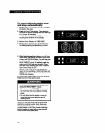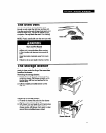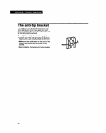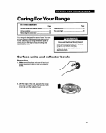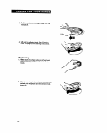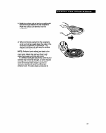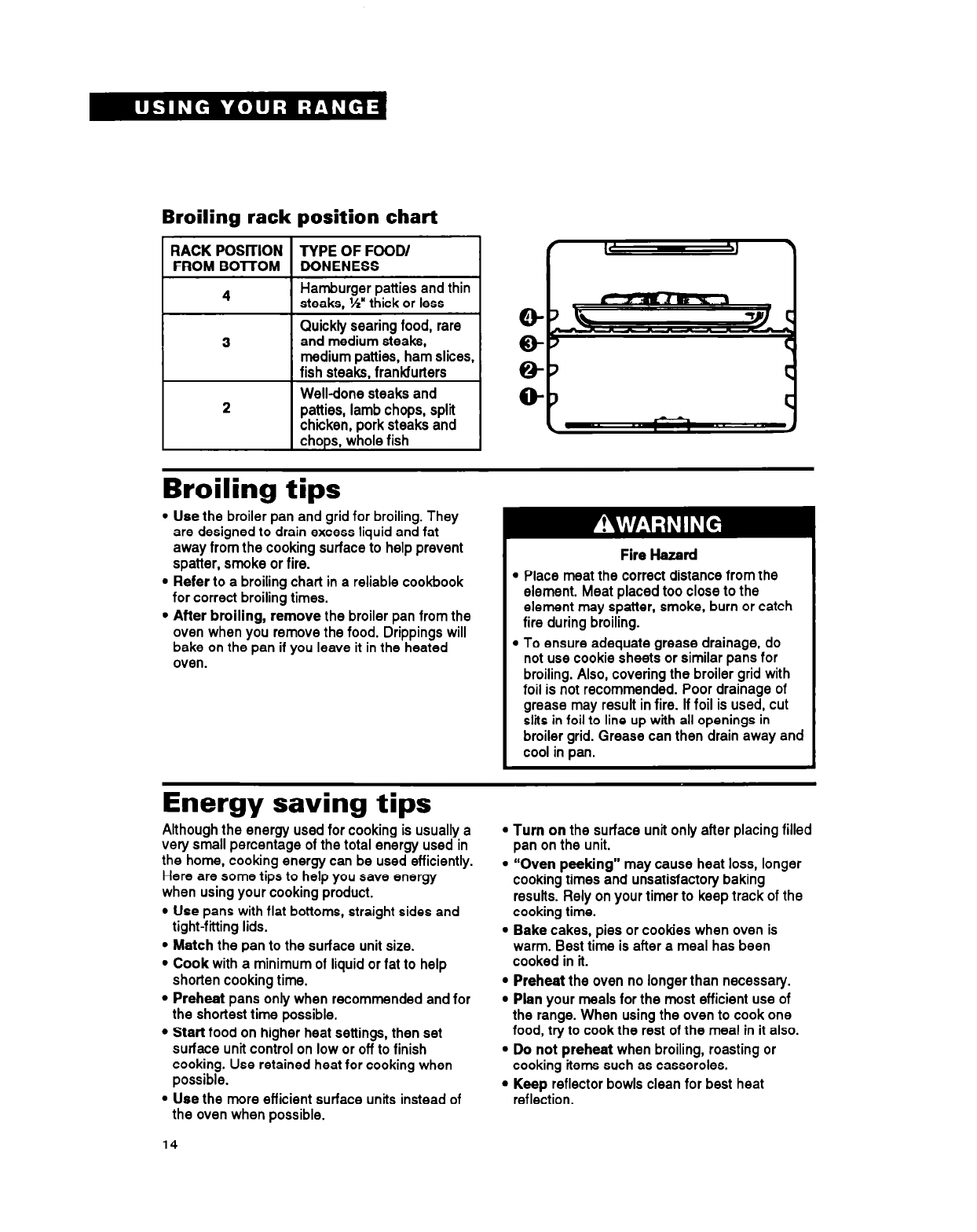
Broiling rack
position chart
2
TYPE OF FOOD/
DONENESS
Hamburger patties and thin
steaks, %” thick or less
Quickly searing food, rare
and medium steaks,
medium patties, ham slices,
fish steaks. franldurters
Welldone steaks and
patties, lamb chops, split
chicken, pork steaks and
chops, whole fish
Broiling tips
. Use the broiler pan and grid for broiling. They
are designed to drain excess liquid and fat
away from the cooking surface to help prevent
spatter, smoke or fire.
l
Refer to a broiling chart in a reliable cookbook
for correct broiling times.
l
After broiling, remove the broiler pan from the
oven when you remove the food. Drippings will
bake on the pan if you leave it in the heated
oven.
Fire Hazard
l
Place meat the correct distance from the
element. Meat placed too close to the
element may spatter, smoke, burn or catch
fire during broiling.
l
To ensure adequate grease drainage, do
not use cookie sheets or similar pans for
broiling. Also, covering the broiler grid with
foil is not recommended. Poor drainage of
grease may result in fire. If foil is used, cut
slits in foil to line up with all openings in
broiler grid. Grease can then drain away and
cool in pan.
Energy saving tips
Although the energy used for cooking is usually a
very small percentage of the total energy used in
the home, cooking energy can be used efficiently.
Here are some tips to help you save energy
when using your cooking product.
l
Use pans with flat bottoms, straight sides and
tight-fitting lids.
l
Match the pan to the surface unit size.
l
Cook with a minimum of liquid or fat to help
shorten cooking time.
l
Preheat pans only when recommended and for
the shortest time possible.
l
Start food on higher heat settings, then set
surface unit control on low or off to finish
cooking. Use retained heat for cooking when
possible.
l
Use the more efficient surface unks instead of
the oven when possible.
14
l
Turn on the surface unit only after placing filled
pan on the unit.
l
“Oven peeking” may cause heat loss, longer
cooking times and unsatisfactory baking
results. Rely on your timer to keep track of the
cooking time.
l
Bake cakes, pies or cookies when oven is
warm. Best time is after a meal has been
cooked in it.
l
Preheat the oven no longer than necessary.
l
Plan your meals for the most efficient use of
the range. When using the oven to cook one
food, try to cook the rest of the meal in it also.
l
Do not preheat when broiling, roasting or
cooking items such as casseroles.
l
Keep reflector bowls clean for best heat
reflection.



